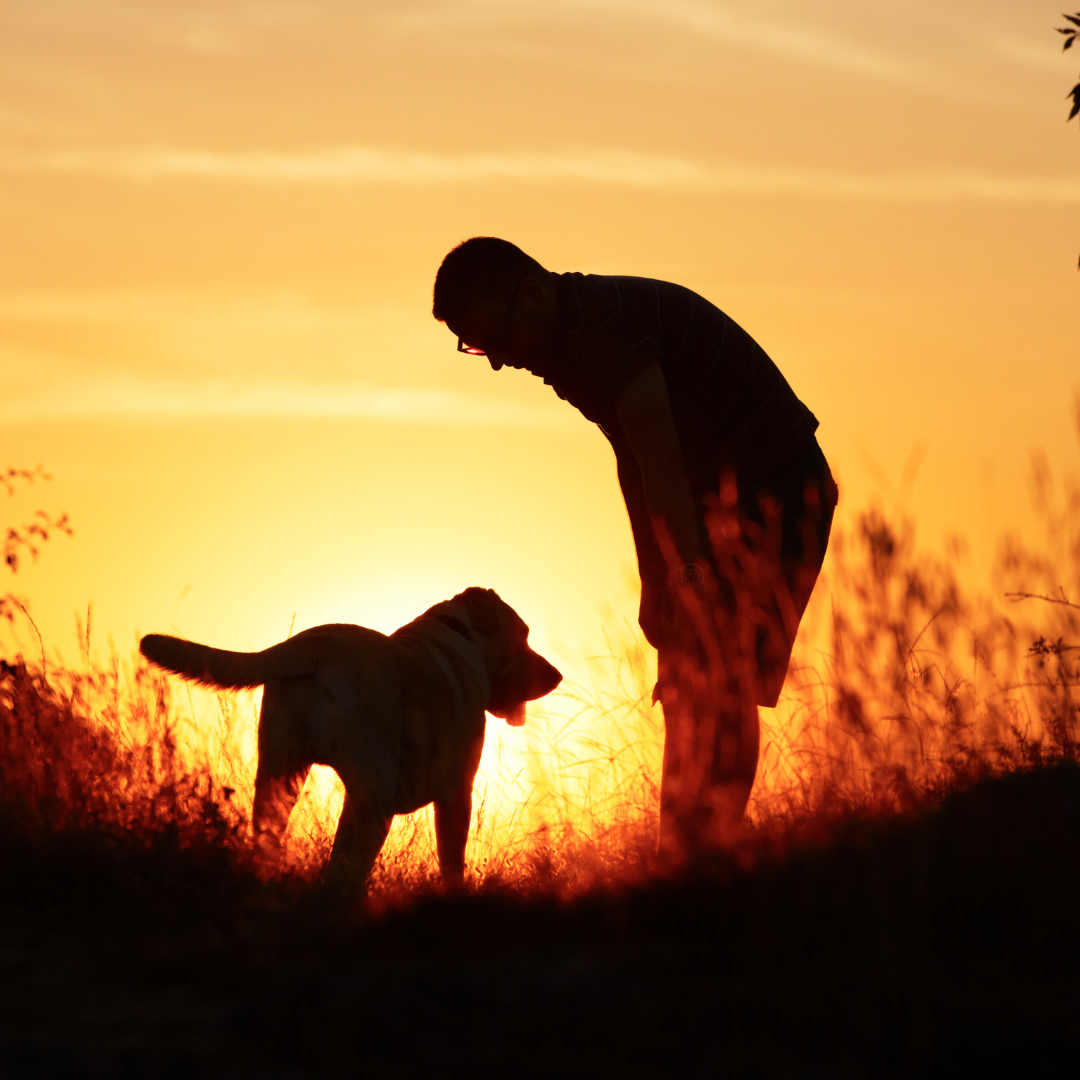Tips for Preparing Your Dog for a Natural Disaster

Natural disasters can strike without warning — from floods and cyclones to earthquakes and wildfires. In the midst of such chaos, your dog relies on you for safety, comfort, and direction.
Being prepared not only ensures your peace of mind but also protects your furry friend when every second counts.
Here are essential tips to keep your dog safe before, during, and after a natural disaster.
Pack a Pet Emergency Kit
Prepare a go-bag specifically for your dog that you can grab in an instant. Your dog’s emergency kit should include:
- At least 3–5 days’ worth of food and water
- Collapsible food/water bowls
- Extra collar, leash, and harness
- Waste bags and a small bottle of pet-safe cleaner
- Medications and medical records in a waterproof pouch
- A recent photo of your dog (in case of separation)
- Comfort items like a favorite toy or blanket
Is your dog’s ID tag and microchip info up to date in case of an emergency?
In a disaster, pets can easily get lost. Help reunite with your dog faster by:
Keeping an ID tag with your current contact number on their collar
Microchipping your dog and registering your contact info
Adding a GPS tracker if possible
Make sure this information is updated regularly.
Know Where to Go
Not all emergency shelters accept pets. Plan ahead:
- Identify pet-friendly shelters, hotels, or family/friends in safe zones
- Keep a list of local animal shelters and veterinary clinics
- Arrange a backup caregiver if you're not home when disaster strikes
Create a Pet Evacuation Plan
Train your dog to respond calmly during stressful situations. Practice:
- Getting in and out of a carrier or car quickly
- Wearing a harness or leash indoors
- Responding to emergency cues like whistles or hand signals
Make evacuation a smooth process rather than a panic-filled one.
Stay Calm, Dogs Mirror You
Dogs are sensitive to human emotions. During an emergency, your calm attitude can help reduce your dog’s anxiety.
Speak in a soft voice, maintain physical contact when possible, and avoid loud or frantic behavior.
After the Disaster: Safety Isn’t Over
Once it's safe to return home:
ü Inspect your surroundings for hazards (broken glass, sharp debris, spilled chemicals)
ü Monitor your dog for unusual behavior or injuries
ü Reestablish your routine to give them a sense of normalcy
ü If your dog shows signs of trauma, consult a vet or pet behaviorist
Your dog depends on you entirely during times of crisis. With a bit of planning and preparedness, you can help ensure they remain safe, healthy, and comforted — no matter what nature throws your way. Remember, disasters are unpredictable, but being ready is something entirely within your control.
🐾 Be prepared, stay safe, and protect the paws that follow you through every storm.


